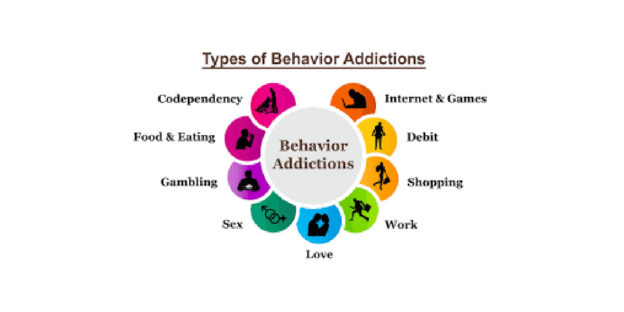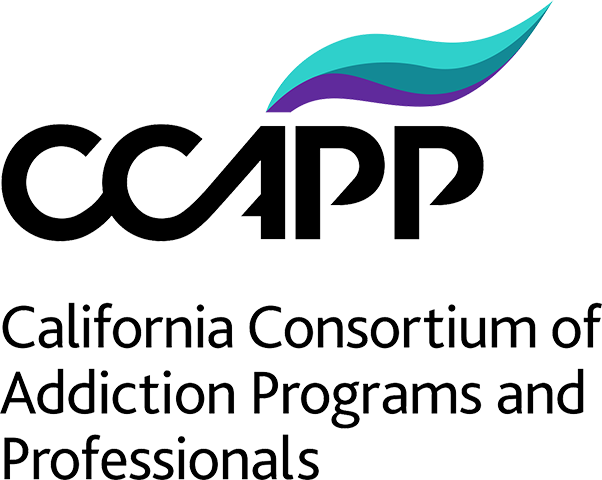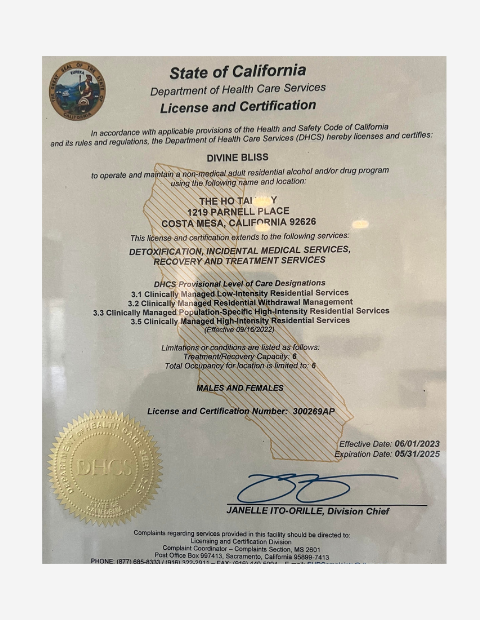A process addiction is an addiction to a behavior, process, or action that produces a feeling of euphoria like gambling, pornography,
Common Behavioral Addictions
Sexual Addiction
It is estimated that 20-25% of sex addicts are women. Women might experience overwhelming guilt and shame at the thought of admitting a problem with sex addictions. Sexaholics Anonymous, Inc defines a sexaholic as someone who is addicted to lust. Sex addiction is a brain disease where pleasure is only experienced when performing sexual behaviors. Core beliefs of a person who is struggling with sexual addiction are:
- I am bad and unworthy.
- I am unlovable.
- I can’t depend on others for my needs.
- My most urgent need is sex.
Addiction interaction is when drugs or alcohol are involved with a process addiction. Consider the following:
- Getting high and looking at pornography compulsively.
- Cheating on your spouse while drinking or using
- You got sober, but now you are unusually needy for sexual attention.
If you can relate to these or similar situations, treating both the sex and substance addiction simultaneously would be beneficial for long-term recovery.
Gambling Addiction
Shell games can be traced to 2,500 B.C. in Egypt. The allure of today’s gambling is the shiny lights and bell noises of winning. Traditionally, gambling is thought of as a men’s issue. Las Vegas travel commercials show women dressed nicely, having a great time at the gaming tables, and drinking with their friends. The ads send the message that gambling and drinking are fun to spend an elegant evening out. What the commercials do not depict are the consequences. Gamblers Anonymous is a 12-Step, self-help program designed to provide support to stop gambling. The Mayo Clinic indicated that gambling affects the brain’s reward system, much like drugs and alcohol. Signs and symptoms of gambling include:
- Preoccupation with gambling.
- Gambling with increasing amounts of money to get the same thrill.
- Trying to control, cut back, or stop, without success.
- Gambling to escape problems or relieve feelings of helplessness, guilt, anxiety, or depression.
- Chasing losses by trying to get back lost money.
- Lying to family members or close persons to hide gambling.
- Risking or losing meaningful relationships, jobs, school, or work opportunities because of gambling.
- Engaging in theft or fraud to obtain gambling money.
- Asking for help to be bailed out of financial trouble because of gambling.
Risk Factors for Gambling
- Mental health issues like substance abuse, depression, anxiety, or bipolar disorder increase risk.
- Younger and middle-aged people are more commonly at risk. Gambling during childhood or adolescence increases the risk for compulsive gambling later in life.
- More common with men, but patterns among both genders are becoming increasingly similar.
- Influence of family or friends who also have a gambling problem.
- Parkinson’s disease and restless legs syndrome medications target the dopamine receptors and result in a side effect of compulsive behaviors.
- Personality characteristics like competitiveness, workaholism, impulsivity, restlessness, or being easily bored can increase the likelihood of gambling.
Compulsive Buying
Characterized by excessive shopping thoughts and buying behavior leading to distress or impairment, compulsive buying affects approximately 6% of people in the United States. Underlying reasons for compulsive shopping:
- Shopping is the first response to adverse or stressful life events or feelings.
- To fill meaninglessness, unhappiness, or a void.
- Being emotionally deprived in childhood.
- Excitement seeking.
- Inability to manage impulsive behavior.
America is a consumer-driven society, filled with ads and messages that encourage buying. Messages that advertisers convey:
- Buy this product, and it will enhance your self-esteem.
- This item will bring you happiness.
- Your social status will increase with the purchase of this item.
Think about commercials on television. Lexus, December to Remember ads indicate that the brand-new Lexus in the driveway with the large red bow is what the holiday is about and will increase your social status. Disaronno commercials convey fun, happiness, dancing, and sex.
Food Addiction
Food can be addictive, especially sugary, salty, and fatty foods. These foods trigger the dopamine reward system in the brain as drugs do. The reward pathways can override signals of fullness and satisfaction, resulting in overeating.
Signs and symptoms of food addiction:
- Obsessive food cravings
- A preoccupation with obtaining and consuming food
- Continued binge or compulsive eating
- Continued attempts to stop overeating, followed by relapses
- A loss of control over the quantity, regularity, and location at which eating occurs
- A negative impact on family life, social interaction, and finances
- The need to eat food for emotional release
- Eating alone to avoid attention.
- Eating to the point of physical discomfort or pain.
Persons who suffer from food addictions share common traits with those addicted to drugs or alcohol, such as obsession, compulsion, denial, tolerance, withdrawal symptoms, and cravings.
Types of eating disorders
- Anorexia nervosa is characterized by self-starvation and excessive weight loss. Individuals typically have difficulty maintaining an ideal weight. Dieting could represent avoidance of and ineffective attempts at coping with the demands of new stages of life.
- Bulimia nervosa is depicted by a cycle of binge eating and then purging. Purging can be done through vomiting, laxative abuse, or excessive exercise. Individuals are incredibly concerned with body weight and shape. They often feel out of control while bingeing, and they may have difficulty with impulse control.
- Binge eating disorder shares the similarity of bingeing, but there is no purging. Individuals engage in random fasting and diets. They feel extreme shame and self-hatred after bingeing. Other tendencies with binge eating disorder could be rapidly and secretly eating, depression, and obesity.
The similarity between process and substance addictions is that they affect the dopamine reward system and provide a euphoric feeling. A person who has had a substance abuse disorder is more at risk for process addictions. For example, encountering a stressful situation early in recovery might be managed with “retail therapy.” Making a purchase might produce pleasant feelings, and the term “retail therapy” sounds beneficial. Over time, compulsive buying can become problematic. Consider feeling sad and eating ice cream to feel better. Switching drugs for food in recovery can lead to weight gain and compound feelings of guilt and shame. The substitution is a sign that the core issues have not been dealt with yet.
If you are ready to seek help and learn more about how process addictions can affect your recovery, contact The Ho tai Way – Recovery for Women. We will conduct a thorough assessment that will check for the risk of process addictions. Call (714) 581-3974.









